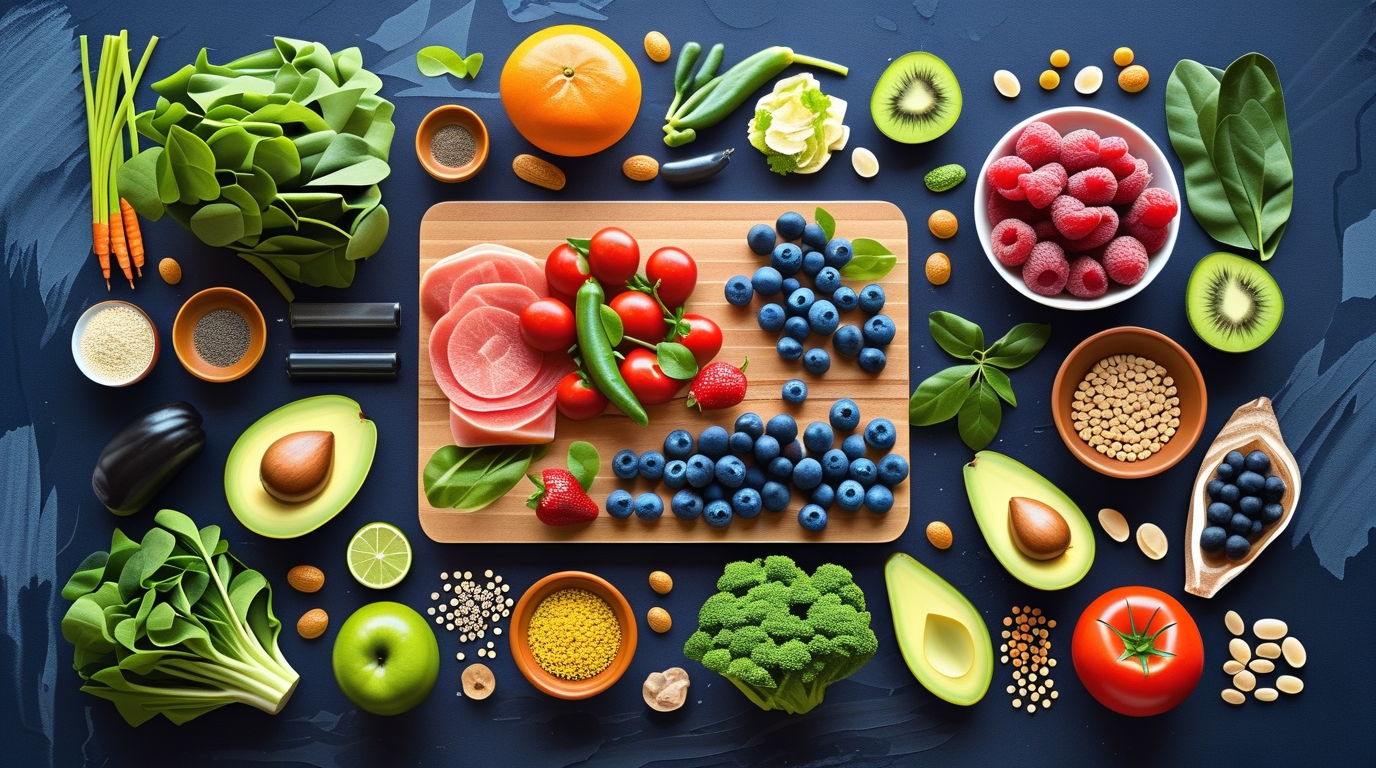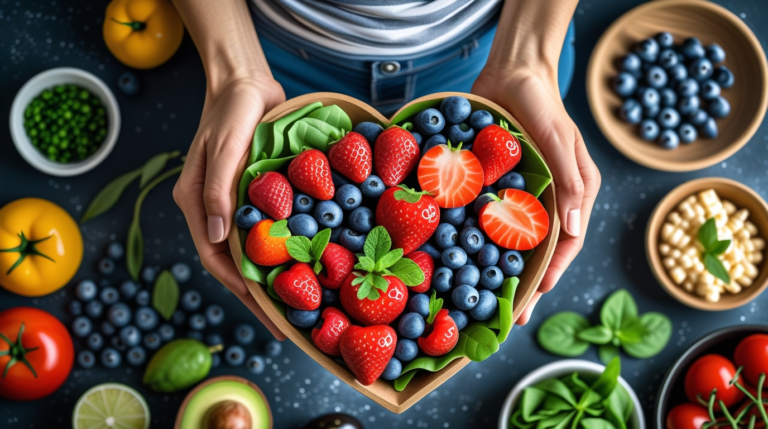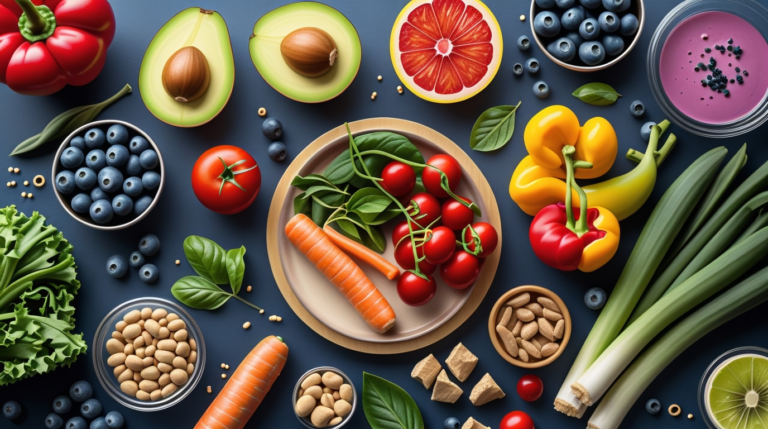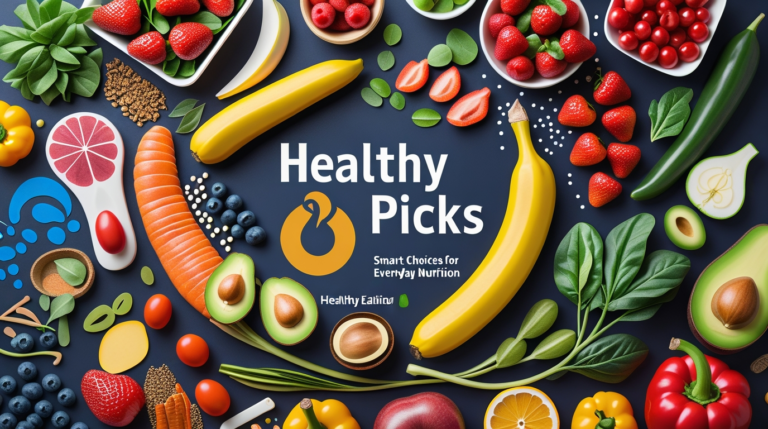Embark on a journey towards improved well-being with our comprehensive guide to high fiber foods! As you explore this blog post, you will discover the myriad benefits of incorporating these essential foods into your daily diet. Not only do high fiber foods play a pivotal role in maintaining digestive health, they also contribute significantly to heart health, weight management, and even chronic disease prevention. At a time when nutritional awareness is increasing, understanding the positive impact of fiber on our health is more crucial than ever.
High Fiber Foods: Daily Picks for a Healthier You
Understanding Fiber: The Basics
Fiber is an indigestible part of plant foods that passes through our digestive system largely intact, positively influencing our overall health in the process. It comes in two main types: soluble and insoluble fiber.
Types of Fiber: Soluble vs. Insoluble
Soluble fiber dissolves in water to form a gel-like substance, which helps lower blood cholesterol and glucose levels. You can find it in foods like oats, peas, beans, apples, and citrus fruits. Insoluble fiber, on the other hand, adds bulk to the stool, aiding in the smooth passage of food through the stomach and intestines. Foods rich in insoluble fiber include whole wheat flour, wheat bran, nuts, and various vegetables.
Why High Fiber Foods Matter
The significance of high fiber foods cannot be overstated. Regular consumption supports digestion, regulates blood sugar levels, and reduces the risk of developing heart disease. Additionally, fiber-rich foods are often more filling, which can aid in weight management by keeping hunger at bay longer than low-fiber options.
Linking Fiber and Digestive Health
Fiber acts as a broom that sweeps through your digestive tract, improving your gut health by maintaining regular movements. This helps prevent constipation and other digestive issues. Additionally, a high-fiber diet can benefit those with irritable bowel syndrome (IBS) and diverticulosis.
Top High Fiber Foods to Include in Your Diet
Integrating a variety of high fiber foods into your daily meals can transform your diet and overall health. Here are some daily picks:
- Fruits: Pears, apples, and raspberries are significant sources of fiber.
- Vegetables: Artichokes, carrots, and broccoli can boost your fiber intake.
- Whole grains: Brown rice, quinoa, and oatmeal are excellent whole-grain choices packed with fiber.
- Legumes: Beans, lentils, and chickpeas are extremely fiber-dense foods.
- Nuts and Seeds: Almonds, chia seeds, and flaxseeds are not only rich in fiber but also healthy fats.
How to Easily Increase Fiber Intake
Integrating more fiber into your diet doesn’t have to be complicated. Start your day with a whole grain cereal or oatmeal, add a handful of chia seeds or berries to yogurt, or snack on nuts or fruits. Gradually increase fiber to avoid digestive discomfort, drinking plenty of water to help fiber work effectively.
Comparing Fiber Supplements with Whole Foods
While supplements can help fill dietary gaps, whole foods offer the best source of dietary fiber, providing additional nutrients essential for optimal health. Foods naturally rich in fiber come with vitamins, minerals, and other nutrients that support overall health.
Advantages of Whole Foods Over Supplements
Whole foods are generally low in calories and high in essential nutrients, thus offering a well-rounded nutritional package. They are also less processed compared to supplements, and their fibrous content is more bioavailable. However, if you’re considering supplements (e.g., psyllium), consult a healthcare provider to tailor an approach that fits your specific needs.
Recipes to Boost Your Fiber Intake
Transform your meals with these high-fiber recipes that are both delicious and nutritious:
- Breakfast: Overnight Oats – Mix oats with Greek yogurt, chia seeds, and your choice of fruit for a hearty breakfast.
- Lunch: Lentil Salad – Combine cooked lentils with diced vegetables, a splash of olive oil, and lemon juice.
- Dinner: Stir-fried Quinoa – Pair quinoa with colorful vegetables and chicken or tofu for a fibrous dinner option.
Additional Tips for Meal Planning
Keep pre-cooked beans and whole grains in your kitchen for quick weeknight meals. Plan your meals to include at least one high-fiber food per meal, ensuring a consistent intake throughout the day.
Conclusion: Embrace High Fiber Foods for a Healthier You
Incorporating high fiber foods into your diet plays a vital role in maintaining your health and enhancing your quality of life. Keep experimenting with different foods to find what works best for you. For more inspiration and related content, visit our blog post on healthy meal planning or explore our guide to balanced nutrition.
Start your high fiber diet journey today and experience the transformative health benefits it offers. Join our community by commenting below with your favorite high-fiber foods or recipes, share this post with your loved ones, and subscribe for more insightful content!





Leave a Comment